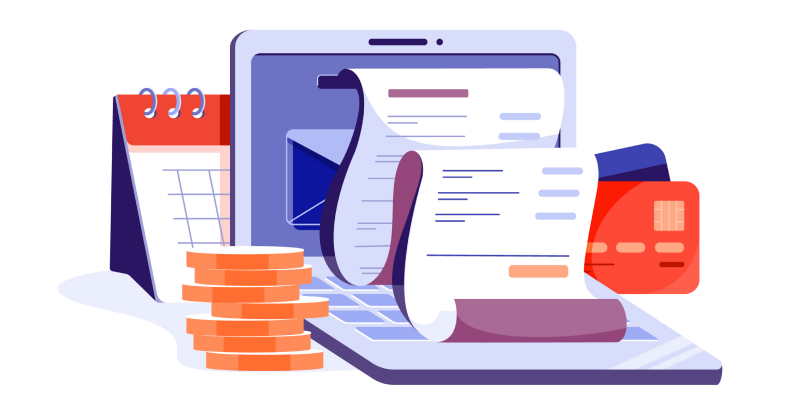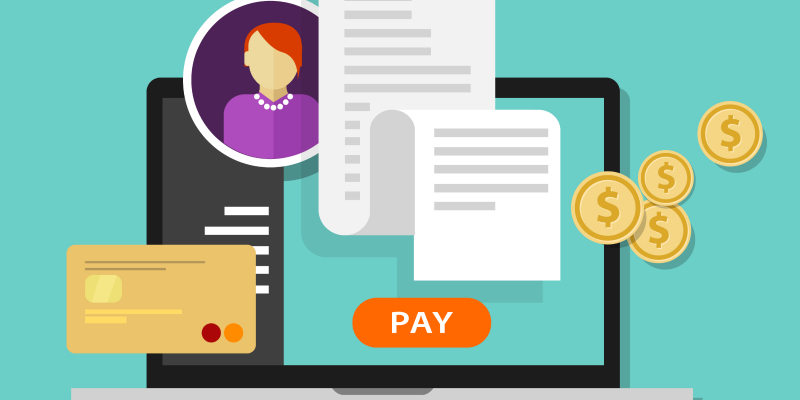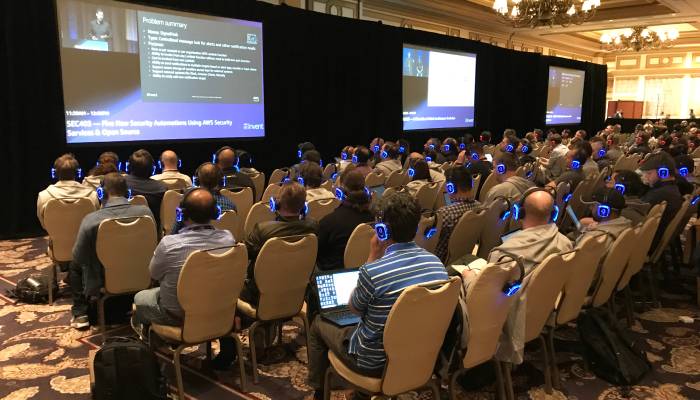Strategies for SaaS Success- Balancing Engagement & Billing

Hiring Trends In Designer Jobs:
July 13, 2021
Seize Growth with AWS Training in Chennai 5 Essential Steps for Small Businesses
March 25, 2024Success in the Software as a Service (SaaS) market depends on more than just attracting new clients in its ever-changing environment. It focuses on retaining customers. According to experts, SaaS retention can substantially impact user acquisition, revenue generation, and virality. It is one of the most effective tools to speed growth and increase revenue. Let us discuss more here about balancing product engagement, relationship building, and billing strategies for success in 2023.
Crucial Factors in Customer Retention: Product vs. Relationship Strategies
There are two key factors to take into account when trying to increase customer retention. The first well-known element centers on your product. Lincoln Murphy notes that increasing interaction is necessary to increase client retention from a product standpoint. Engagement gauges how consistently valuable your SaaS is proving to be over time. Monitoring customer engagement can reveal significant churn issues when customers are not entirely engaged with your SaaS solution.
Product engagement is only one aspect of the puzzle. You must consider relationships you build beyond your product in an extremely competitive industry where specs alone are insufficient to differentiate your offer. Customers’ relationships with your organization as a whole are important.
David Cancel once said, “People buy relationships and not products.” A 2010 poll by the Rockefeller Corporation, which emphasized the critical role of connections in customers’ purchasing decisions, lends weight to this opinion. In order to improve customer retention, you must essentially respond to two key issues:
- Are you creating an interesting connection with your product?
- Are you creating interesting connections outside of your product?
Strategies for Relationship Building Outside Your Product
Let’s explore the idea of an engaged relationship outside of your product in more detail. The content below is based on insights from the renowned metering and user-friendly billing platform, Togai . Given its complexity, one strategy is treating it with the same analytical rigor as product engagement. The other strategies are:
- Monitor new user involvement to enhance the first impression.
- Use feedback from active users to find out what is and is not functioning.
- Determine what makes you unique in the industry, by examining the user engagement who have come back after leaving.
You must figure out what’s wrong when considering involvement outside of your product. In order to do this, subscribers who have canceled their memberships must be actively engaged. Churn is a problem that is not just tied to the product; other variables might also be involved:
- Customers who abandon your product before utilizing it can point up problems with the first impression or quality of service.
- Customers who use your product yet complain about their experiences elsewhere may be able to identify pain areas with subscriptions.
- Customers happy with the goods but still leave a negative review may be affected by technical issues, such as payment issues or website outages.
Actively resolving subscription experience problems can aid in creating an engaging bond outside of your product. Consider the significance of the response time for customer service. Swift reactions have the power to elevate a mediocre experience, proving that the subscription experience goes beyond just product quality.
According to a survey, businesses that answer within one hour stand out in a market where normal SaaS responses vary between 20 to 24 hours. Customers take notice of and value such promptness, highlighting the importance of the subscription experience for retaining clients.

Billing System Strategies for Seamless Customer Experiences
Your billing system, often employed interchangeably with your subscription management system, is essential to improving the subscriber experience. By providing subscription flexibility, it prevents client requests from interfering with the work of your development team.
Imagine a customer requesting an additional charge to be included on their invoice. If your billing system lacks support for such add-ons, accommodating this request becomes complex. It involves rewriting the underlying code, ensuring that the charge is applied correctly and just once, without interfering with other subscriptions’ automated invoices, and with scalability for handling similar requests in the future.
Factors like multiple currencies, tax assistance, and payment options increase the complexity. This reinforces the need for a SaaS billing system that is linked to your product, which might ease these difficulties. Effective SaaS billing necessitates precise planning. To know more about the need for Saas Billing read here : https://www.togai.com/blog/need-for-saas-billing-software/
Allow clients to pay their own way. Choice and convenience are important. Supporting a range of payment options takes into account client preferences. Even if your business grows internationally, a billing system makes it easier to manage multiple payment methods effectively.
- Eliminate payment errors because “involuntary churn” erodes the customer base silently. A billing system reduces card declines and unsuccessful payments, enabling you to handle payment failures and maintain priceless client relationships.
- Self-service portals streamline subscription administration, giving customers a hassle-free experience. They can manage subscriptions, view account information, and make changes, which promotes a good relationship.
- Integrate your billing system with your tech stack: By linking your billing system with helpdesk software, CRM (customer relationship management), and other tools, you can make sure that subscription and invoice information is useful in sales conversations, customer success discussions and customer support tickets.
- Use transactional emails: Transactional emails, frequently disregarded ones, are a powerful tool for fostering strong client relationships. They have high open rates, offer chances for personalized contact, allow for product recommendations, and salute customer preferences.
Final words
Establishing an engaging connection with your product and fostering an engaging relationship outside your product are two essential questions that must be addressed to improve client retention in the SaaS sector. While the former gets a lot of attention, the latter is equally crucial, frequently disregarded, and full of potential.
Take a comprehensive strategy for customer retention if you want to be successful in the competitive SaaS market, where connections prevail over products. Spend money on the subscription experience, give your clients flexibility, and contextualize your communications. Customers will be retained as a result, and you’ll also speed up growth and increase revenue, rendering retention one of your most effective growth tactics in 2023 and beyond.


